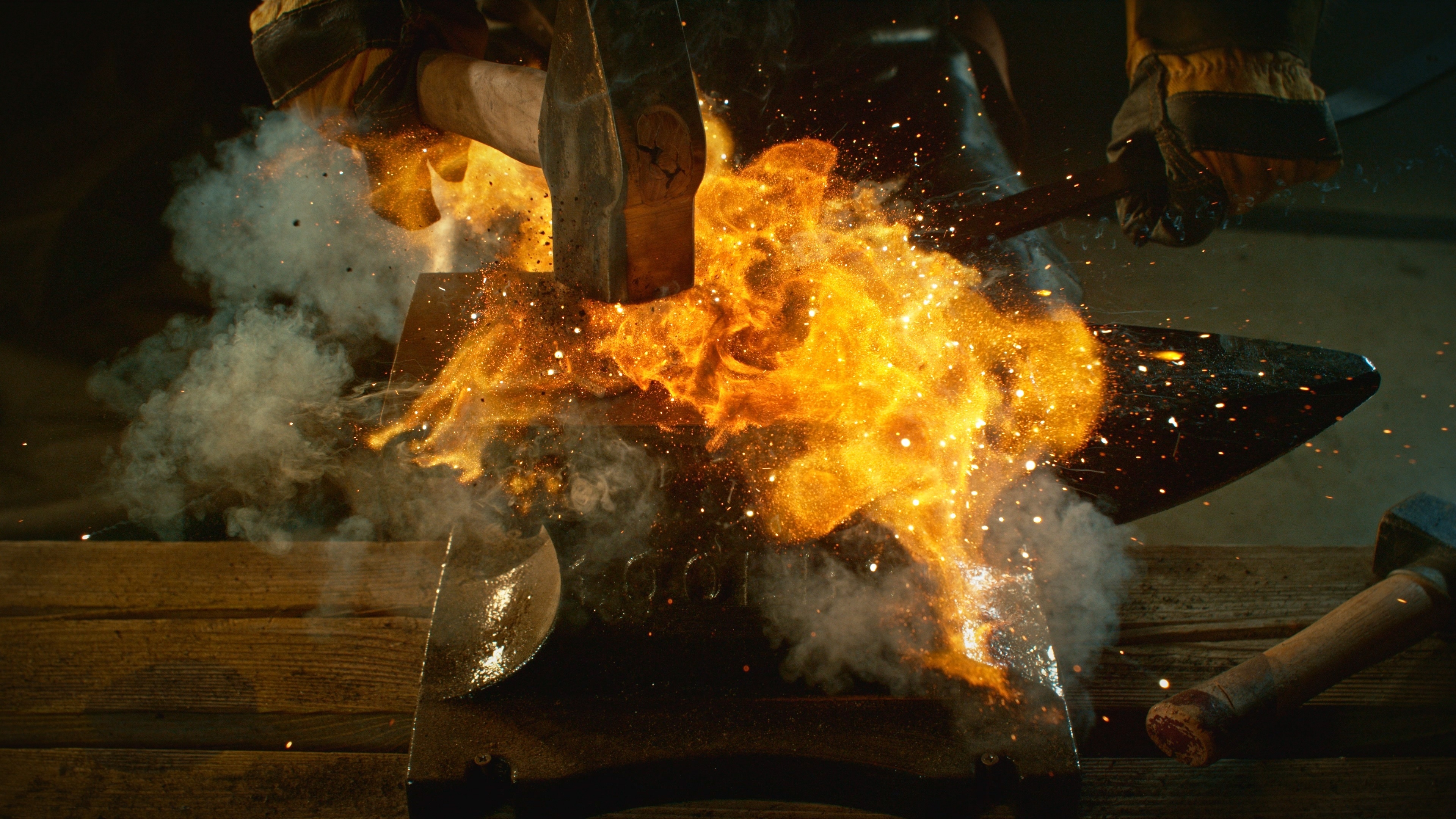
2025 Week 25
Düsseldorf Local Division follows its preliminary finding and decides that Curio’s kit infringes 10x’s product claim (but not its method claims) and makes last year’s preliminary injunction permanent. The decision is appealable.
In April 2024, the Düsseldorf LD granted 10x a preliminary injunction (PI), temporarily halting sales of Curio’s Seeker Spatial Mapping Kits in Germany, France and Sweden. In those interim proceedings, the court found that the kit was likely to infringe claim 14 of EP 2697391 B1. Claim 14 is a product (composition-of-matter) claim that defines an “array” of probes for localised detection of nucleic acids in a tissue sample. In contrast, method claim 1 was thought unlikely to be infringed.
Despite some last-minute arguments from 10x concerning the interpretation of the method claims, the same court’s decision on the merits of 16 June 2025 followed the same reasoning as the PI decision of 2024. It found claim 14, but not claim 1, to be infringed.
Spatial detection of gene expression
When a gene is expressed, DNA sequences within the gene are ‘transcribed’ into messenger RNA molecules (‘mRNA’). Curio’s kits are used to profile gene expression patterns in a 2D tissue sample by capturing and detecting mRNA molecules. They do this using a ‘tile’ of spatially indexed beads, each coated with various probes that capture the mRNAi. The beads are indexed by ‘barcode’ sequences within the probes: All the probes on a particular bead have the same barcode, which is unique to that bead. When a tissue sample contacts the tile, mRNA molecules in the sample are captured by the probes and are then ‘reverse transcribed’ into corresponding DNA molecules, which are tagged with the barcode sequences. The beads are then ‘recovered’ from the tile before the DNA molecules are removed and amplified, and their sequences read. Ultimately, the barcode portion of each DNA sequence indicates which individual bead captured the underlying mRNA molecule, and thus its location on the tile.
Claim construction and infringement
Product claim 14 defines an array comprising a substrate on which “multiple species of capture probes are [] immobilized such that each species occupies a distinct position on the array…”. Curio argued that their kits fell outside claim 14 because some duplicate beads exist in the tileii, meaning that not every species of capture probe occupies a distinct position (some species of capture probe are duplicated and therefore occupy more than one position). The court dismissed this argument, finding that “The occurrence of such duplicates is inherent for the bead technology”, that the patent “expressly permits the use of such bead technology” and that Curio admitted under questioning by the court that their kit “ignores duplicates”iii. The court found Curio’s kits infringe claim 14.
The court did not find the use of Curio’s kits to infringe method claim 1, however. Step (e) of claim 1 specifies the release of the tagged DNA molecules “from the surface of the array”. The court construed the array to have defined “spatial-physical requirements”iv, in which multiple species of capture probes are “directly or indirectly immobilized such that each species occupies a distinct position on the array” (as specified in claim 1). The court found that the array of probes in Curio’s kits is destroyed by the step of recovering the beads from the tile prior to DNA removal, amplification and sequencingv. Therefore, the court found that, at the time of DNA removal, the beads no longer constituted an array.
At the hearing, 10x argued for the first time that dependent claims 7 and 9 impose a broader meaning on claim 1, such that using Curio’s kit would satisfy the claimed method. Although the court was not convinced by this argumentvi, it is notable that it specifically stated that the “first reference to subclaims 7 and 9 at the oral hearing was not considered late”vii, saying that “the first reference to (further) subclaims at the oral hearing may be admissible provided that the feature in question was already in dispute and the subclaims merely provide additional arguments in support of the party’s previously expressed position.”viii
Curio argued that the narrower meaning was necessary to maintain novelty of the claims over a prior art document that they cited, which was not mentioned in the patent description. While the court construed the method claims quite narrowly, it declined to consider the impact of this prior art when interpreting the claimsix.
Although prior art cited in the description will usually be used to interpret the claims at the UPC (in the sense that the claims will usually be given an interpretation that ensures validity over the cited prior art), the same rule does not apply to other prior art.
It is not clear in this case why Curio did not counterclaim for revocation of the patent. However, with respect to claim 1 at least, this point was moot.
Curio also argued that users of its kits would not necessarily perform the sequencing and analysis steps specified in parts (f) and (g) of claim 1 within the territory covered by the patent. We look forward to seeing how the UPC will deal with situations where certain data processing steps are performed outside the territory of the UPC and even outside Europe. In this case, nothing turned on the argument because of the court’s narrow interpretation of step (e), discussed above.
Costs
Curio valued the case at €60,000. 10x valued it at €3,000,000. The court followed the valuation presented by 10x because Curio’s much lower valuation was based on product turnover figures from the period during which the preliminary injunction was in place. Moreover, a €2,000,000 valuation during the interim proceedings was uncontested and the court considered a 50% uplift to be justified because the injunction now being sought was permanent, not temporary.
The court ordered Curio to bear 70% of the recoverable costs (which were set at €400,000 based on the €3m valuation).
Conclusion
It is notable that the Düsseldorf LD followed its reasoning from the PI proceedings at every turn, both with respect to claim interpretation and infringement.
We are seeing the courts go into significant substantive detail when considering PI applications. This may be a result of the UPC’s approach to front-loading its procedure, meaning that the parties feel that they have to present their full case on infringement and validity even in PI proceedings.
But it’s not mandatory that the same Division is used for PI proceedings and for the main infringement proceedings.
So, for a patentee who has been successful in their PI application, they will naturally be well-advised to file the main infringement action at the same Division, as here. But where the patentee fails in their PI application, they might well choose a different Division for the main infringement action, and seek to persuade a different panel of judges.
- As described at points 6 and 7 of the decision.
- Point 43 of the decision.
- Point 107 of the decision.
- Point 58 of the decision.
- Point 115 of the decision.
- Point 84 of the decision.
- Point 85 of the decision.
- Headnote.
- Point 65 of the decision.
Eliot is a highly valued partner at Mewburn Ellis and a key driver within the Life Sciences team. With a reputation for driving complex projects from inception to completion, he works with a diverse range of clients, from innovative startups to multinational corporations worldwide. Eliot handles a diverse client portfolio spanning the life sciences and MedTech sectors. A skilled patent prosecutor, Eliot also has wide experience of drafting patent applications on breakthrough technologies, as well as leading offensive and defensive opposition proceedings post-grant. Eliot is also experienced in handling Freedom to Operate projects and in performing due diligence, which have led to the successful completion of high value transactions and investment rounds.
Email: eliot.ward@mewburn.com
Sign up to our newsletter: Forward - news, insights and features
Our people
Our IP specialists work at all stage of the IP life cycle and provide strategic advice about patent, trade mark and registered designs, as well as any IP-related disputes and legal and commercial requirements.
Our peopleContact Us
We have an easily-accessible office in central London, as well as a number of regional offices throughout the UK and an office in Munich, Germany. We’d love to hear from you, so please get in touch.
Get in touch


